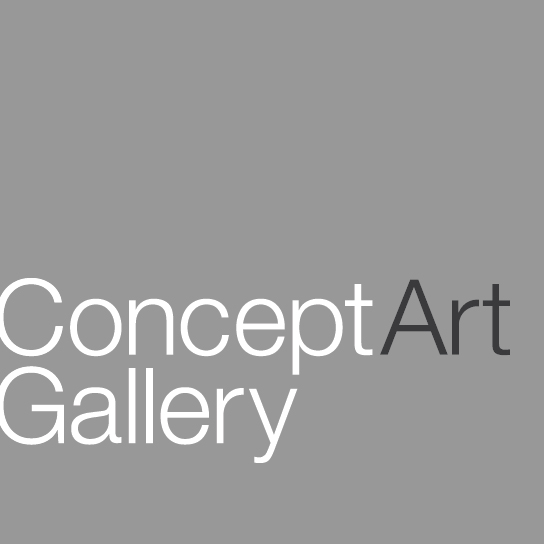Concept Art Gallery…the 80s and 90s…from the Desk of Sam
1984 marked the gallery’s move to our current location in Regent Square. The range of activities we are involved in and pace accelerated from that point on. We purchased a 5000 square foot space, the former Giuaruso’s Market which in the 1920’s was a Giant Eagle. The building was a perfect space for a gallery. The space was a large open room eleven feet tall with the original pressed tin ceiling tiles. Regent Square was still a fairly unsophisticated neighborhood. There were mud wrestling bars, a gun shop, and gas stations on most of the street corners. The theater next door was presenting rerun movies to very small crowds and there was nowhere to dine.

We felt we needed to really enhance the gallery’s programming to entice collectors to visit our new gallery. Regent Square was still considered a fringe neighborhood. Around this time, Harry Shaw became exhibitions director and really added lots of new artists to our program and exciting group shows. Some of the highlights were: Ed Eberle, Contemporary Chinese painting, Form and Function, major glass exhibitions in collaboration with the Pittsburgh Cultural Trust, Ray DeFazio, Warren McKensie and the Minnesota School, large Modern and Contemporary print Surveys, Michael Morrill, 20th Century Japanese Prints, 19th Century British watercolors and Paintings.
The mid-eighties were the go-go era for Corporate Art Sales. New buildings were going up regularly in Pittsburgh, creating a steady market for artwork sales to corporations. A typical week involved daily trips down Route 376 into the city. One very fortuitous outgrowth of the Corporate Art consulting for our gallery was the problem of what to do with the excess art accumulated from mergers, downsizings, or corporate manager’s change in taste. We were asked to acquire a collection of 19th Century Paintings for Price Waterhouse. Their office design became much more traditional to suit the taste of the new managing partner. PW owned a fairly good but proportionately disliked collection of modern post-war original prints. I timidly suggested that we auction away the distasteful collection and acquire the new authentic 19th Century Collection in London. In the 1980’s, we were steadily buying 19th and early 20th Century watercolors and paintings in Europe, sometimes by the container load. One of the great opportunities available in London was the 3 to 6 auctions daily where the friendly art trade regularly showed up. I often bought at auction and attended at least two auctions a day sometimes for two weeks. I experienced a wide range of auctioneering styles and began the process of becoming a license auctioneer in Pennsylvania. When the managing partners at PW agreed to my proposal we hosted our first auction over 20 years ago. Additionally we consulted regularly on high value corporate art sales, including the Alcoa Collection originally bought from legendary collector G David Thompson.
Related Posts
January 30, 2015
Opening Reception: Vanessa German- The Ordinary Sacred 2015
Yesterday was the opening of Vanessa German's exhibition, The Ordinary Sacred. Through mixed media sculpture and works on paper, German has created a body of work that represents her experiences…
July 29, 2014
Downsizing: Selling Brown Furniture
One of the appraiser's newsletters we read recently posted a very timely article from the Wall Street Journal about downsizing and trying to sell second-hand furniture. We specialize in selling…

